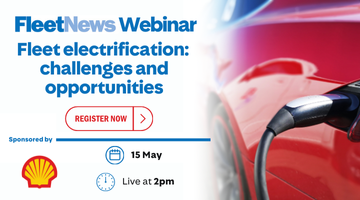Speaking to public sector fleet managers at a conference in Birmingham, Morris laid out his business case for safeguarding fleets.
Morris, who was general secretary of the Transport and General Workers’ Union (T&GWU) for 12 years, said the case for making sure employees were safe while driving was clear and unequivocal.
He told his audience at the Automotive Leasing Public Sector Fleet Conference: ‘The guiding principles of resource and people management are applicable to both private and public sectors.
‘In the current political climate, with the delivery of public service driven by a culture of target and scrutiny, the application of sound business principles is more than ever necessary to deliver value for money on all facets of our public services.’
With 65% of all company vehicles involved in an accident each year, Morris said: ‘Change is inevitable because the status quo is not an option.
‘I’m saying to the industry ‘speak with one voice’. The logic of the business case for safeguarding your fleet means that you are stronger when you speak as a group, stronger politically and stronger economically.’
Most important, Morris continued, was leadership.
He said: ‘Leadership is not an optional extra, it is the make or break for every organisation. It is about people, the ability to inspire, motivate others and secure their commitment to the common good, to move people from policy to practice and to move the organisation from vision to results.’
Morris referred to a Motorists’ Forum report to the Department for Transport, which listed benefits of managing work-related safety, including lower insurance, improved public image and morale and fewer vehicles off the road for repair.
He said: ‘Good practice suggests that your risk management policy should be an integral part of your health and safety policy. The policy should be built on pillars of responsibility, structure, systems and monitoring, and supported by a coalition of internal stakeholders such as employers, managers, supervisors and drivers.’















Login to comment
Comments
No comments have been made yet.